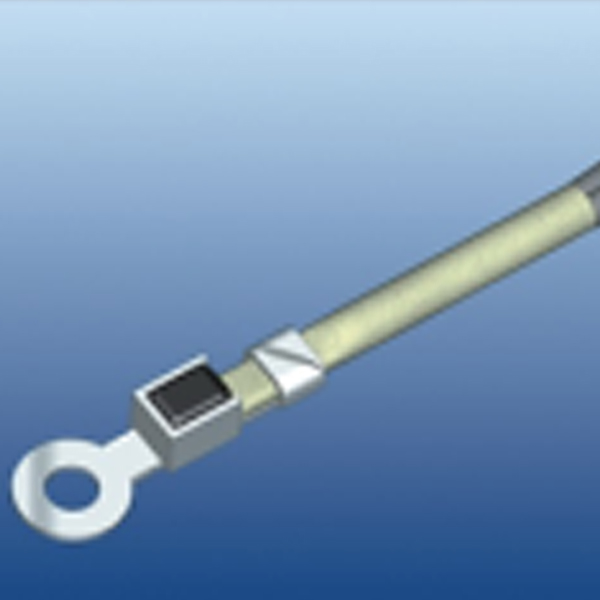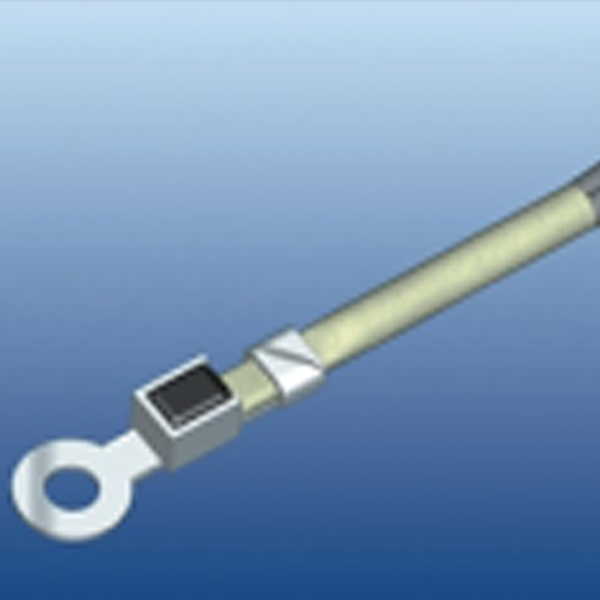There are many types of Temperature Sensors, and different types have different detection methods. The common Temperature Sensor platinum resistance PT100 or PT1000, the easiest way is to use a multimeter to measure the resistance value, refer to the resistance temperature comparison table, so that the temperature sensor can be detected Is it good? What is the accuracy? If the accuracy requirements are high, then more complex equipment is required for verification.
According to the output signal, Temperature Sensor can be divided into many types, such as resistance, current, voltage and digital signal, etc. The detection needs different equipment. If you want accurate detection results, the first element is to ensure that the ambient temperature is constant, which is a necessary condition , Followed by appropriate instruments according to the testing requirements.

The temperature sensor needs to meet two conditions to work properly. The first is that the temperature sensor itself can output signals normally and stably, that is, the quality of the temperature sensor is no problem, and the second is to match the circuit connected to the temperature sensor.
If there is no problem with a Temperature Sensor to monitor the signal output alone, but no data can be collected on the device, then it is necessary to consider whether it does not match the circuit. This is why the customer service needs to get to the bottom when answering customer inquiries.
Compared with the designed circuit, the Temperature Sensor can not be replaced with each other, even the thermistor and platinum resistance that also output the resistance signal cannot be interchanged. There are also circuit designs that will not match all temperature sensors of the same model. It is necessary to select components before the temperature sensor manufacturers produce them. This requires the user to provide prototypes for testing, so as not to waste manpower and resources.







